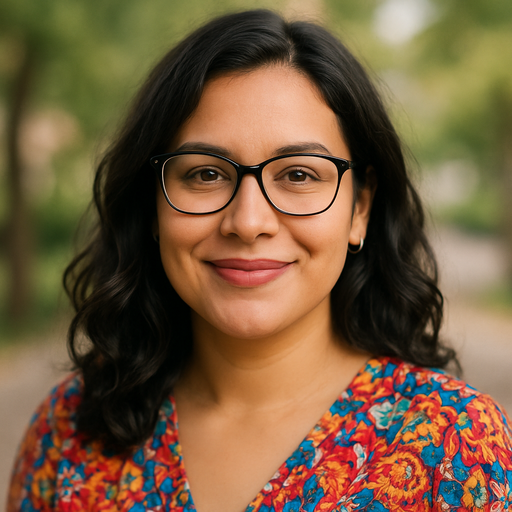- Posted on
- • LGBTQ+ Family Building
Why LGBTQ+ Stories Are Vanishing From Our Screens—and What That Means for Family Building
- Author
-
-

- User
- Maya Fernandez
- Posts by this author
- Posts by this author
-
Have you noticed fewer LGBTQ+ stories in movies lately? It’s not just you—GLAAD’s latest Studio Responsibility Index paints a sobering picture. After a record high in 2022, LGBTQ-inclusive films have plunged to a 3-year low, now representing just 23.6% of releases from top studios. You can check out the full scoop here.
Okay, so why should this cinematic news hit close to home, especially for those navigating the journey to parenthood? Well, representation isn’t just about who we see on screen but how we see ourselves and our families reflected in broader culture. For LGBTQ+ individuals and couples dreaming of growing their families, visibility matters—big time.
Here’s the kicker: When LGBTQ+ narratives drop off our screens, it subtly sends a message that these journeys are niche or “less mainstream.” That can make accessing tailored resources or feeling seen in the fertility space an uphill climb. But that’s where at-home conception methods are flipping the script.
Let’s talk inclusivity in family building. Not everyone’s path fits the traditional mold—and that’s beautiful. At-home insemination kits, like those from MakeAMom, offer personalized, private, and empowering ways to conceive. Whether it’s the CryoBaby kit for handling frozen sperm or the BabyMaker kit designed for those who need a gentler touch, these solutions honor the unique needs of LGBTQ+ family builders and beyond.
Why is this game-changing? Because it’s about autonomy, comfort, and dignity. Imagine being able to try conception in your own space, on your own terms, without the stress of clinical visits or feeling out of place. It’s no wonder MakeAMom users report an impressive 67% success rate—this is empowerment meeting science.
Let’s break it down:
- Representation equals validation: Seeing ourselves in stories helps normalize our experiences.
- At-home options foster inclusion: Kits tailored for diverse needs ensure everyone can pursue parenthood.
- Community matters: Platforms like JourneyTogether spotlight real LGBTQ+ parenthood tales, strengthening that sense of belonging.
But here’s the open question—how can we as a community combat the cultural invisibility that comes with dwindling media representation? Start by sharing your story, supporting inclusive products, and demanding better representation on and off-screen.
In a world where visibility can feel like a privilege, tools and platforms that center inclusivity are revolutionary. They remind us that family is love in all its forms—and everyone deserves to see that reflected in the world.
So, what’s your take? Have you felt the ripple effects of media representation in your family-building journey? Drop your thoughts or stories below—let’s keep this conversation alive and thriving.
And for those curious about empowering your own journey with discreet, effective at-home insemination options, take a peek at what MakeAMom offers—because every family story deserves to be told.